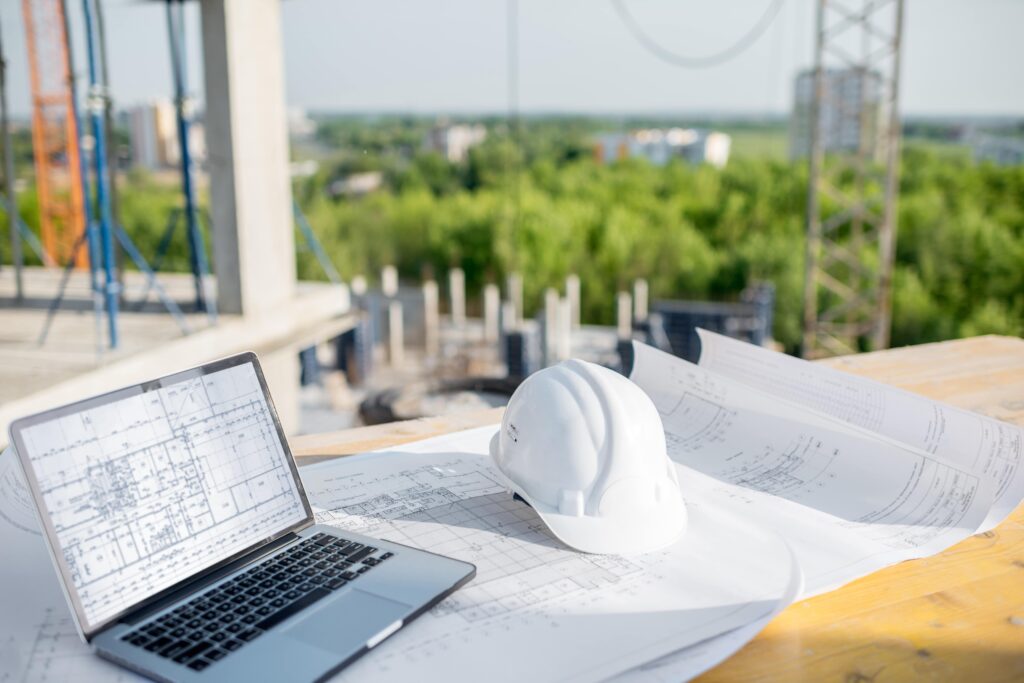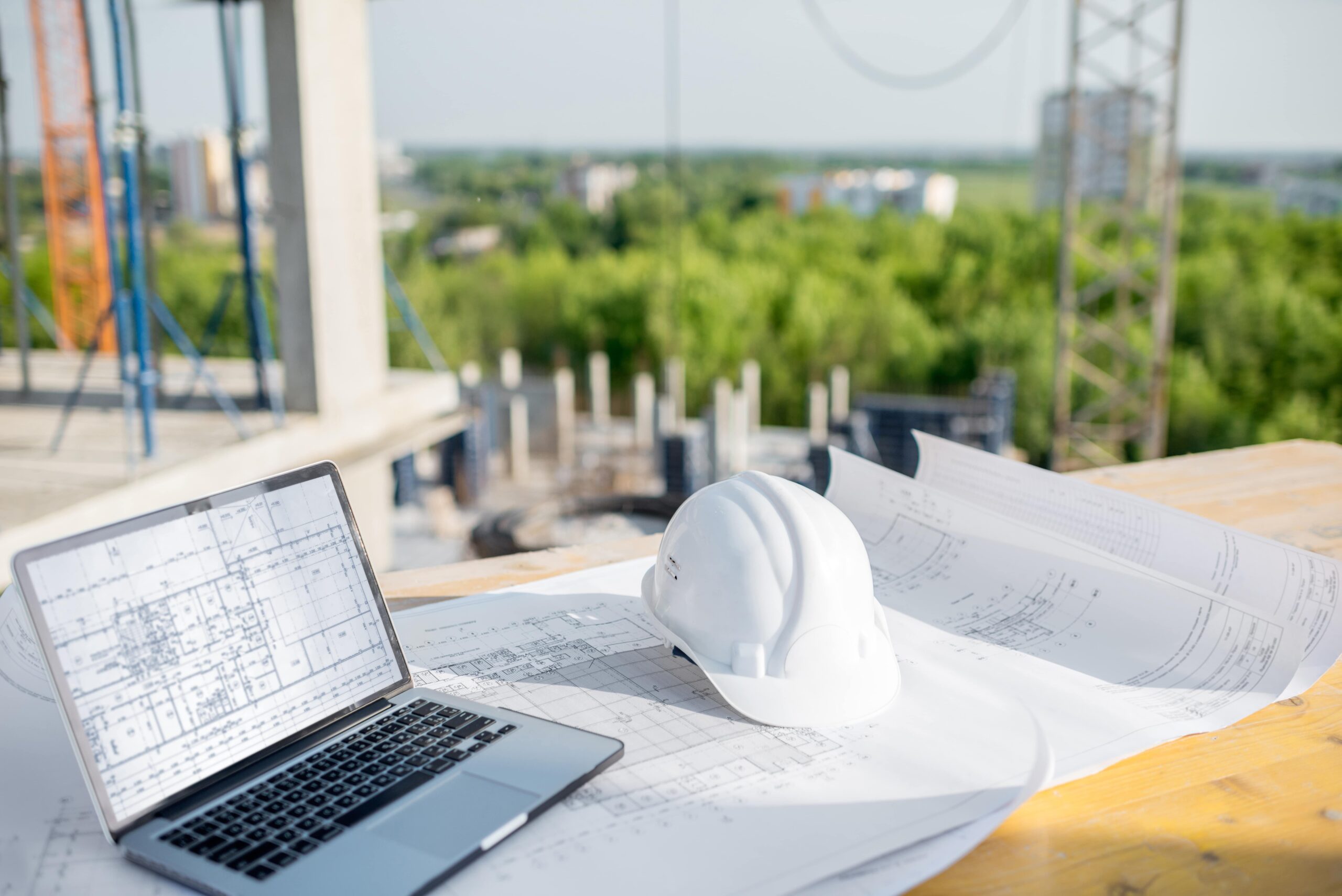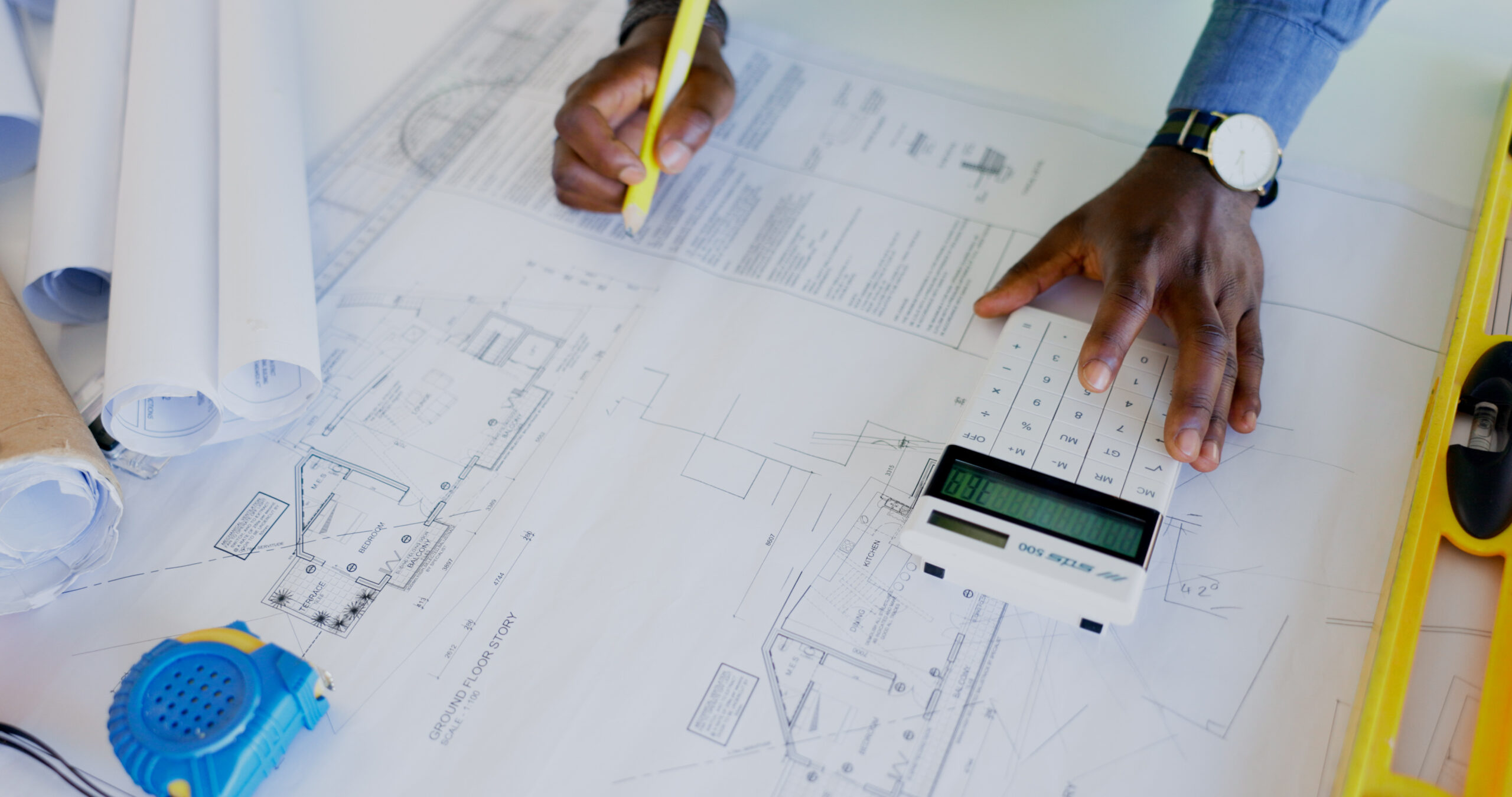
In New York City’s fast-paced construction landscape, cost estimation for construction has evolved far beyond spreadsheets and guesswork. The rise of data analytics, digital platforms, and predictive modeling has transformed how contractors, developers, and project managers assess budgets and manage risks.
At TrueBid Data, precision in cost estimation connects directly to data-driven strategy. In NYC—where every square foot has financial implications—real-time insights are critical. Access to accurate datasets enables teams to make informed decisions, reduce uncertainty, and align project goals with market realities.
This shift toward analytics isn’t just about improving calculations; it’s about redefining how data empowers smarter construction strategy in one of the world’s most complex urban environments.
Turning Raw Data Into Actionable Cost Intelligence
Effective cost estimation begins with data quality. In NYC construction, data sources range from supplier pricing databases and labor market indices to geospatial data on site conditions and municipal permit timelines. When unified and analyzed through a data intelligence platform, these inputs reveal patterns that human estimators might overlook.
For instance, by leveraging True Bid Data’s analytics methodology, firms can correlate historical pricing trends with current material volatility. This creates a predictive model that forecasts the true cost impact of factors like steel tariffs, labor union negotiations, or delivery bottlenecks within the five boroughs.
Machine learning algorithms refine these insights continuously, drawing from thousands of historical bids and project outcomes. Over time, estimators no longer rely solely on experience—they rely on statistically supported insights that quantify financial risk before a single foundation is poured.
Predictive Analytics for Smarter Budget Forecasting
Predictive analytics has become a cornerstone of modern cost estimation for construction. Instead of static reports, NYC developers now use adaptive forecasting models that learn from real-time market data.
These models analyze multiple variables simultaneously: material price trends, weather-related delays, subcontractor performance data, and even inflation patterns tied to local economic cycles. The result is a forecast that isn’t just descriptive—it’s anticipatory.
For example, if predictive data shows a spike in concrete prices during certain months, project managers can adjust procurement schedules proactively. Similarly, comparing cost performance across boroughs reveals which neighborhoods have consistent labor shortages, guiding hiring decisions and improving bid competitiveness.
By integrating predictive analytics into cost estimation, True Bid Data helps construction professionals turn uncertainty into actionable foresight.
Digital Strategy: Building a Data Ecosystem for NYC Construction
True cost estimation depends on how effectively firms integrate digital strategy with their data operations. A fragmented workflow—where estimation, procurement, and project management operate in silos—creates inefficiencies and misaligned assumptions.
Implementing a connected digital ecosystem allows construction firms in NYC to synchronize their estimation workflows. Cloud-based platforms centralize bid data, supplier quotes, and real-time updates from field operations. As a result, all stakeholders—from data analysts to project executives—share a unified source of truth.
True Bid Data’s approach focuses on aligning this ecosystem with digital strategy objectives. By connecting cost estimation data to analytics dashboards and project lifecycle tools, firms can:
- Identify trends in cost overruns and eliminate recurring inefficiencies.
- Benchmark performance across similar NYC projects.
- Access data-driven insights that improve decision-making speed and accuracy.
This alignment transforms cost estimation into a strategic advantage—one that enables faster bids, leaner budgets, and higher profitability.
Geospatial and Local Market Data in NYC Construction
New York City presents unique challenges for construction estimation: dense zoning laws, unpredictable site conditions, and highly variable logistics costs. This is where geospatial analytics and local data become indispensable.
By layering location-based data such as transportation access, soil type, and nearby infrastructure onto project cost models, estimators can better predict the time and cost implications of each site.
For instance, data may show that transporting materials into Midtown Manhattan incurs 20% higher logistical costs compared to Queens due to congestion patterns and permit requirements. Integrating this insight into early-stage estimation improves both budget accuracy and stakeholder transparency.
True Bid Data’s analytics framework integrates these localized insights, helping construction teams quantify not just how much a project will cost, but why it will cost that amount—grounded in NYC-specific realities.
Data Transparency and Collaboration Across Stakeholders
Transparency is one of the most transformative outcomes of data-driven cost estimation. When contractors, architects, and investors operate from shared analytical dashboards, trust increases and miscommunication decreases.
Instead of negotiating over unclear estimates, stakeholders can visualize the exact data driving each cost assumption—be it historical bid performance, supplier trends, or digital sensor data from previous builds.
This transparency accelerates approval cycles, reduces change orders, and builds accountability into every phase of construction. For data-centric organizations like True Bid Data, this is where analytics meets collaboration—empowering all parties to see not only numbers but also context and causality.
From Reactive to Strategic: The Future of Cost Estimation in NYC
The future of cost estimation for construction lies in moving from reactive calculations to proactive intelligence. As data ecosystems mature, NYC firms that invest in analytics infrastructure will gain a strategic edge.
Imagine an estimator accessing a dashboard that fuses live material pricing feeds, predictive inflation curves, and AI-driven schedule simulations—all updated continuously. This is not hypothetical; it’s the emerging reality of data-integrated construction.
Soon, cost estimation will no longer be a standalone step it will be an ongoing analytical process embedded throughout a project’s lifecycle. True Bid Data envisions this evolution as central to the future of urban development, especially in data-heavy environments like New York City.
By quantifying these risks early, project teams can set realistic contingencies and maintain financial stability even when conditions shift.
Conclusion: Data as the Foundation of Smarter Construction
Cost estimation for construction in New York City is evolving from a manual art into a data-driven discipline. Through analytics, insights, and strategic integration, firms can estimate with precision, adapt with agility, and execute with confidence.
True Bid Data’s focus on digital strategy and analytical transformation positions construction professionals to harness data as both a predictive and competitive tool. In a city defined by innovation and intensity, mastering cost estimation through data isn’t just efficient it’s essential.




